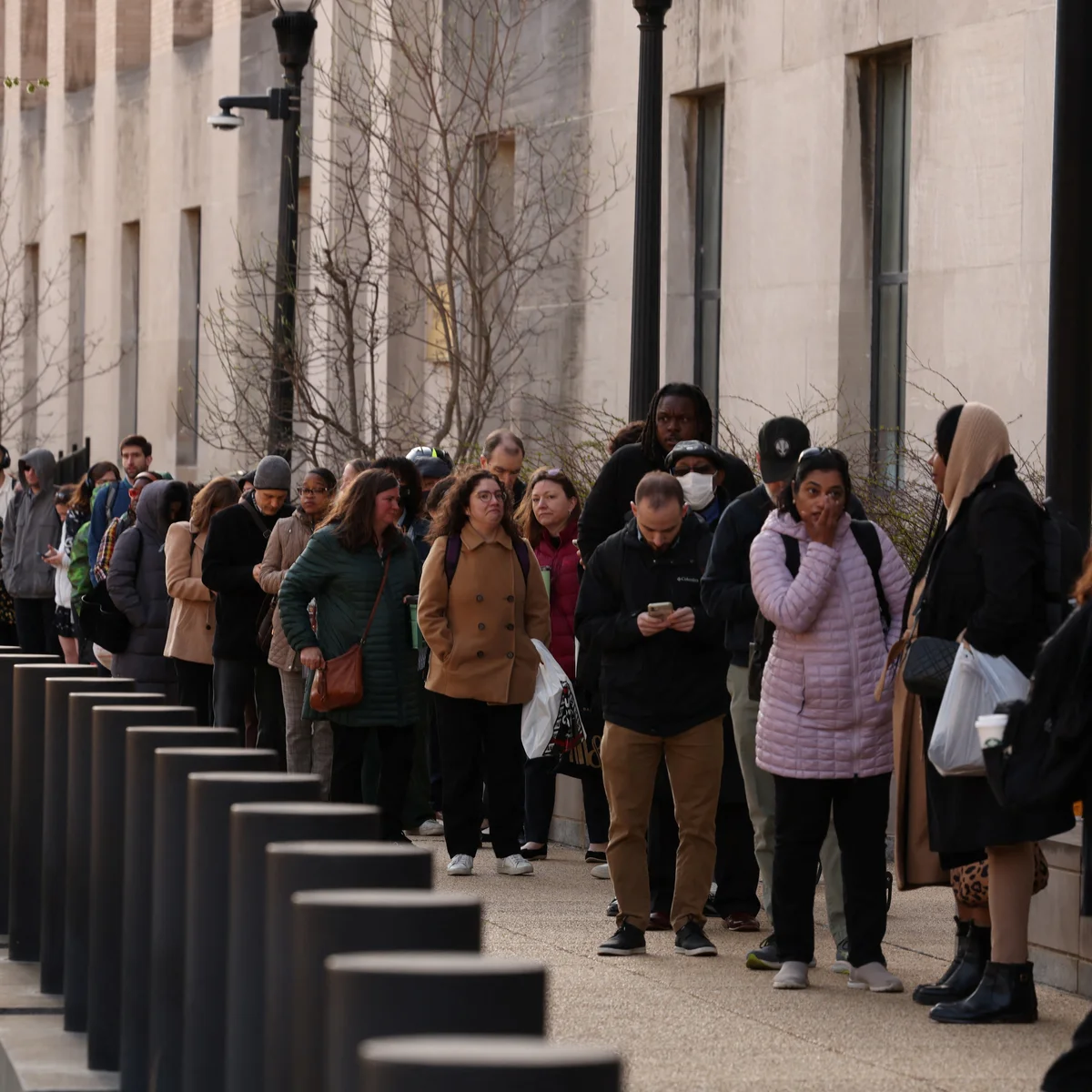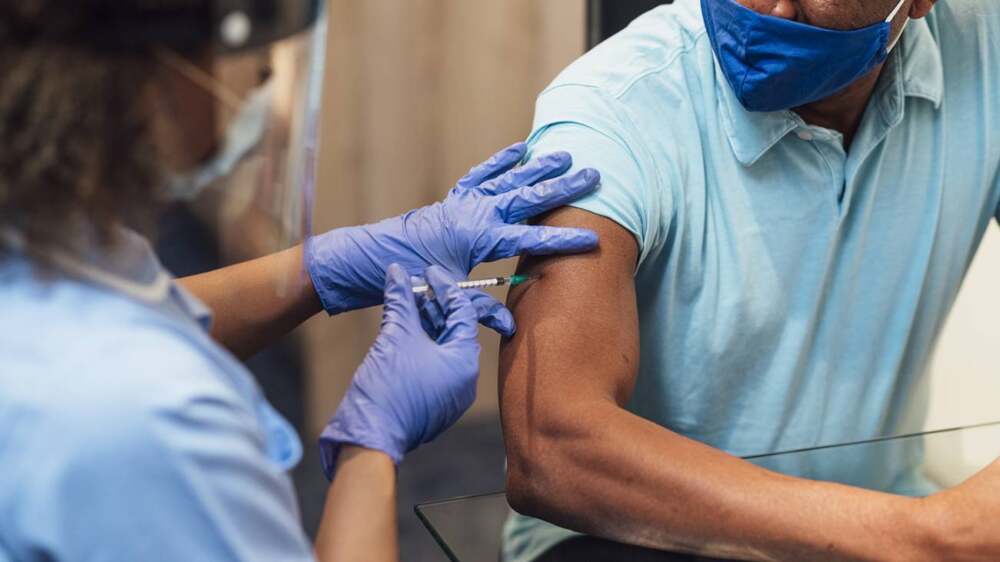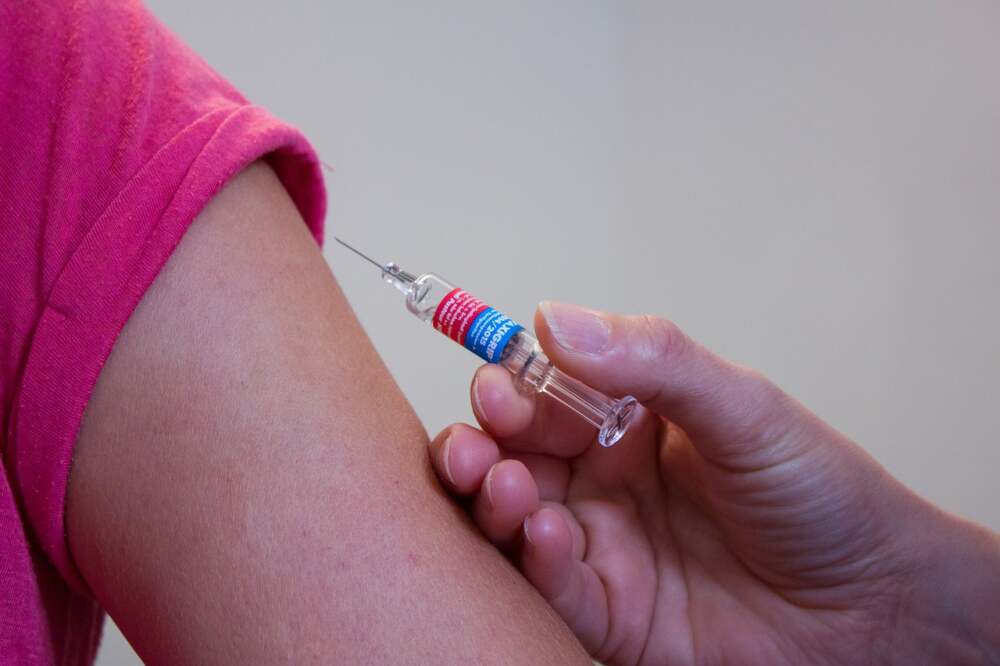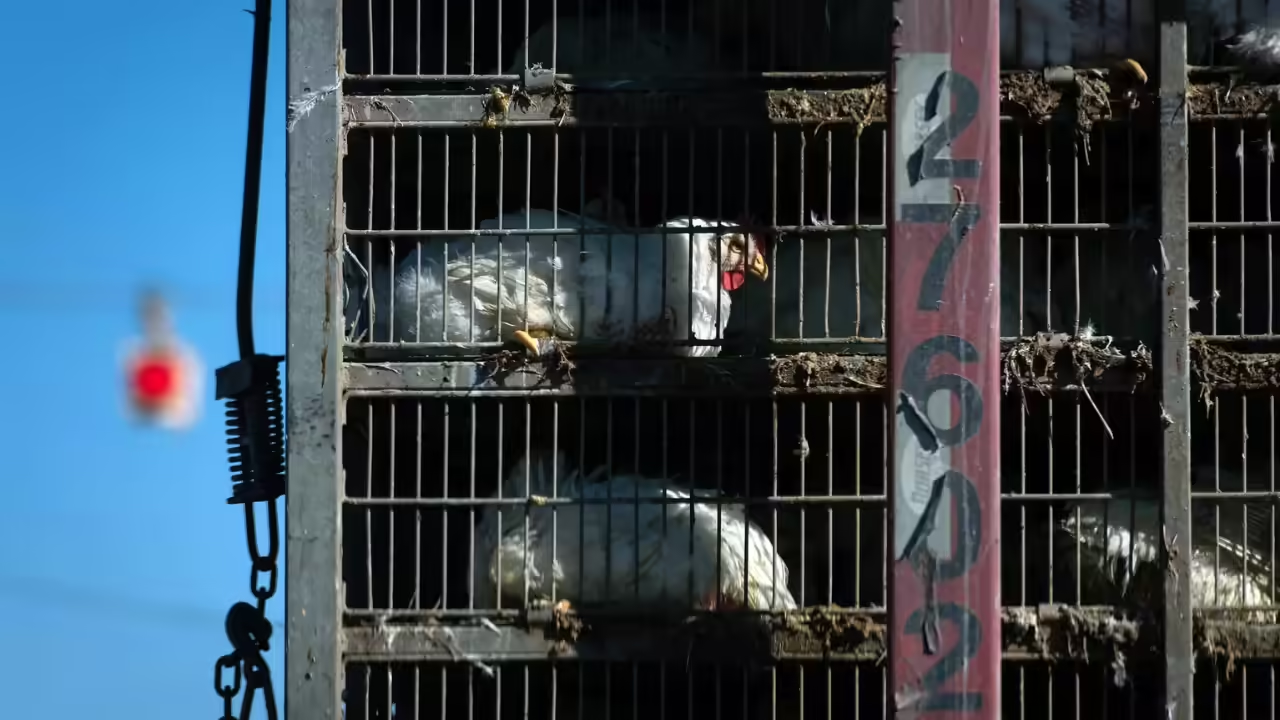August 29, 2025 — Despite warmer weather, COVID-19 cases are strongly on the rise across the U.S. This trend may be surprising, but it comes down to a combination of waning immunity, new highly contagious variants, and seasonal behaviors that encourage indoor mixing.
Why We’re Seeing a Summer COVID Resurgence
- Immunity Erosion
Immunity from prior infections or vaccines diminishes within months. With many people not recently vaccinated or infected, susceptibility is now widespread. Health data shows infection rates are higher this summer than at any point since late last fall. - More Transmissible Variants
Omicron-derived variants like “Stratus” (XFG) and “Nimbus” (NB.1.8.1), dubbed for their razor-sharp throat symptom, have swept across the country. These subvariants spread more easily and can evade some immune defenses, fueling renewed transmission despite prior exposure. - Summer Behavior Patterns
Ironically, extreme heat and popular summer gatherings drive people indoors—into air-conditioned, poorly ventilated spaces—creating perfect conditions for airborne spread. With schools restarting and travel picking up, social networks have expanded, too. - Seasonal Transmission Cycles
Researchers now recognize that COVID-19 follows a biannual pattern: summer and winter surges. This year’s uptick aligns with that established cycle, driven by environmental and societal factors.
What’s at Stake
Although cases are increasing, hospitalizations and deaths remain comparatively low—likely thanks to prior immunity and less virulent variants. Still, even mild COVID can lead to long-term health issues, and the added burden on healthcare systems remains a concern.
Protective Measures That Still Work
- Vaccinate Wisely
Updated COVID vaccines tailored to emerging variants are expected this fall. High-risk individuals should prioritize these boosters to maintain protection against severe illness. - Test Early
If you feel unwell—especially with sore throat, fatigue, or respiratory symptoms—test for COVID. Early detection allows for timely care, including antiviral treatment when needed. - Mask Indoors
In crowded indoor settings—like schools, events, or public transit—a well-fitted mask can offer substantial protection. Especially during peak transmission periods, masks remain a simple and effective barrier. - Ventilate and Distance
Open windows, use fans, or choose outdoor venues when possible to displace viral particles. Avoid close gatherings in poorly ventilated spaces.
Bottom Line
COVID’s summer comeback isn’t a surprise—it’s part of a broader seasonal pattern influenced by waning immunity, evolving variants, and summer behaviors. While the outlook is better than in the pandemic’s early days, vigilance remains essential. Vaccination, testing, masking, and ventilation continue to be your best defenses in navigating this familiar yet evolving virus wave.
















Leave a Reply